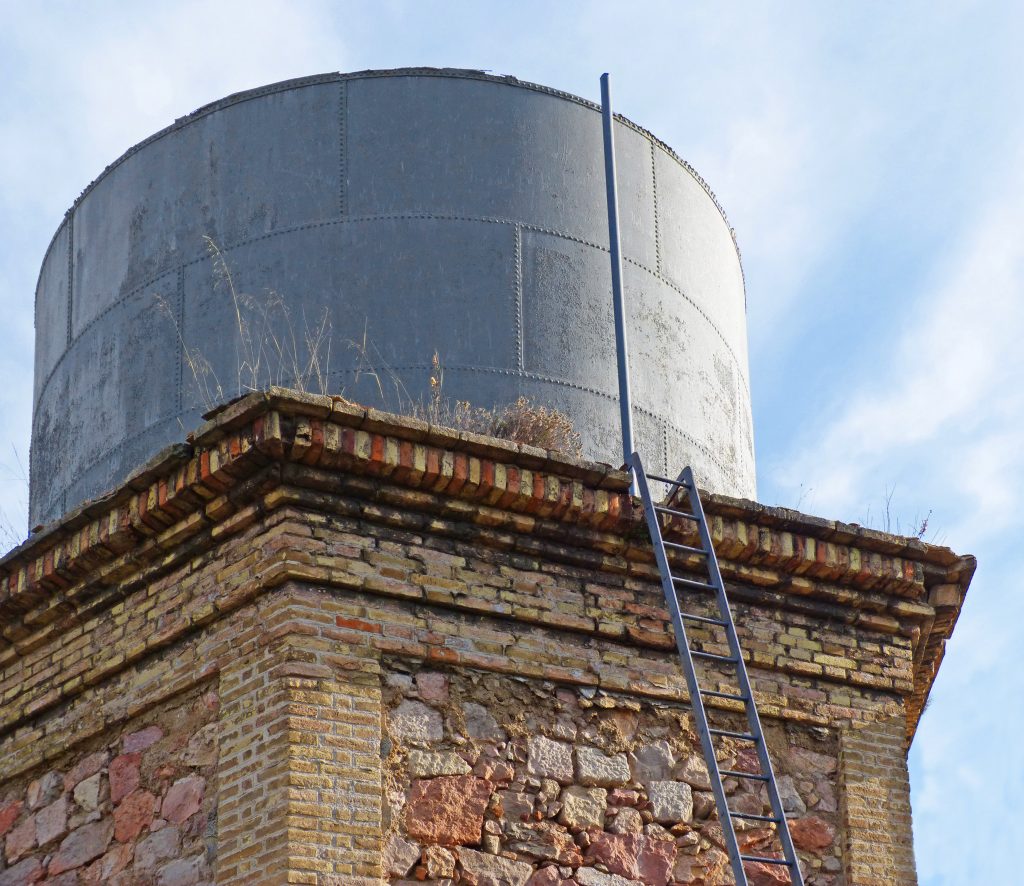
The proper cleaning of the tank is one of the ways to ensure that any amount of rainwater stored in it stays fresh and clean. One of the things to remove from the inside of the tank is sludge, which builds up at the bottom over time.
What is sludge?
Even if you’ve installed a first flush diverter as well as the required number of filters and strainers in your rainwater harvesting system, some amount of sediment, plant material, and waste can still reach the inside of the tank and accumulate at the bottom. As time passes, these materials can build up into one layer of mass, which can become a breeding ground of all manner of microorganisms that cause digestive diseases and many other serious health concerns. This layer of mass is called sludge.
Preventing the Buildup of Sludge
There are two ways to prevent the buildup of sludge. The first is the proper installation of a first flush diverter and the right number of filters and strainers into your system. But as mentioned above, traces of pollutants and contaminants can still get into the tank even with all of them set up and maintained well as needed.
This is why it’s important that you inspect the rainwater storage tank every two to three years for sediment accumulation. The tank should be promptly cleaned manually if any sediment is found.
How to Clean Out Sludge Manually
One of the ways to remove sludge from the tank involves emptying the tank, then hosing and sweeping out the bottom. While effective in that it ensures that you have cleaned out all the sludge, you need to exercise caution when doing this—getting into, or even trying to get into a water tank can be very dangerous.
For this reason, it makes sense to hire tank cleaners to do this task. That is, if you don’t want to go for the alternative method, which is the purchase and installation of a tank cleaning pump, a machine that takes out sediments as soon as they get in.
If you’re going for the installation of a tank cleaning pump, know that upon installation, no further work will be required on your part—it works to pump out all dirt and silt automatically, and doesn’t need electricity to function.
How Exactly Does a Self-Cleaning System for Rainwater Tanks Work
Self-cleaning systems for tanks work by creating an automatic vacuum which siphons all manner of waste water and debris from the tank base when it overflows. The strong flow extracts bacteria colonies and harmful sediment within, drawing out all sludge in water at the high rate of nine liters per second.
A pipe that needs to be set at the bottom is designed to even the vacuum action all throughout the tank base. Any expelled waste water carries not only the harmful sludge which usually stagnates on the tank’s bottom, but also poor quality water.
By the time water drops to a certain level, siphoning automatically stops.



Leave A Comment